GUEST BLOGGER MARTA MAGELLAN
Using UP, UP, AND AWAY, MONARCH BUTTERFLIES as a mentor text, students can be taught to extend vocabulary from the science of butterflies to other areas. For example, many of the children in your classrooms today can identify with the word “migration” as it applies to their own experiences migrating from another country. The following assignments to be done in pairs are designed to teach both the STEM and general meanings of new words.
Assignment 1: Tucked-in Definitions
Dr. Mary Ehrenworth, of Columbia College, proposes teaching students to look for what she calls tucked-in definitions: exact meanings within the text, providing fluency and speed.
Teacher, you might say, “Students, new words are not always in bold and defined in the glossary. Sometimes authors tuck in definitions. Tell your partner where you see the tucked-in definition on the first page.”
Students should see that the definition for monarch is tucked in at the end of the paragraph: “So they gave the butterfly the name monarch, which means ruler or king.”
Now go to a more complex word: “instinct” (page 10). The tucked-in definition is accurate but too simple: “Instinct means they are born knowing what to do.” Coax the student pairs to dig deeper and write the examples of instincts. From what they know, also have them write down some examples of instincts in other animals like dogs, cats, or monkeys. Tell them to compare their list to that of their partner.
Your students might come up with dogs, burying bones or toys; cats hunting and stalking even when they’re not hungry; baby monkeys clinging to their mother’s fur. If some students add behaviors that are not instincts, (like dogs begging), always ask, “But were they born doing that?” It is fun for some to share with the class.
Assignment 2: Investigating words not immediately defined
Sometimes, the author does not tuck in a definition immediately following a new word. On page 14 there is no tucked-in definition for “imposter.” Invite your students to study it based on the surrounding text and pictures. You might say, “On this page, look at pictures of butterflies that look like monarchs. Notice words that mean the same thing (synonyms), copycats, look-alikes. From words and pictures here, can you define “imposter?” Share with your partner.

Assignment 3: Mining graphs for nuanced vocabulary
An extremely complex concept like how it takes butterflies several generations to migrate every year, requires more support. Guide your students to the graph of the butterfly life cycle on page 7 and the tucked in definition on page 8 to understand “generation.” Move on to the map on page 9 to understand how it applies to their migration
Coax students to use context clues and strategies, by saying, “Students, read the captions (the words in the graphics). Also notice the key on the map. The arrows are going in two directions moving in space in time.” Students should be able to explain how it takes several generations to complete their migration.

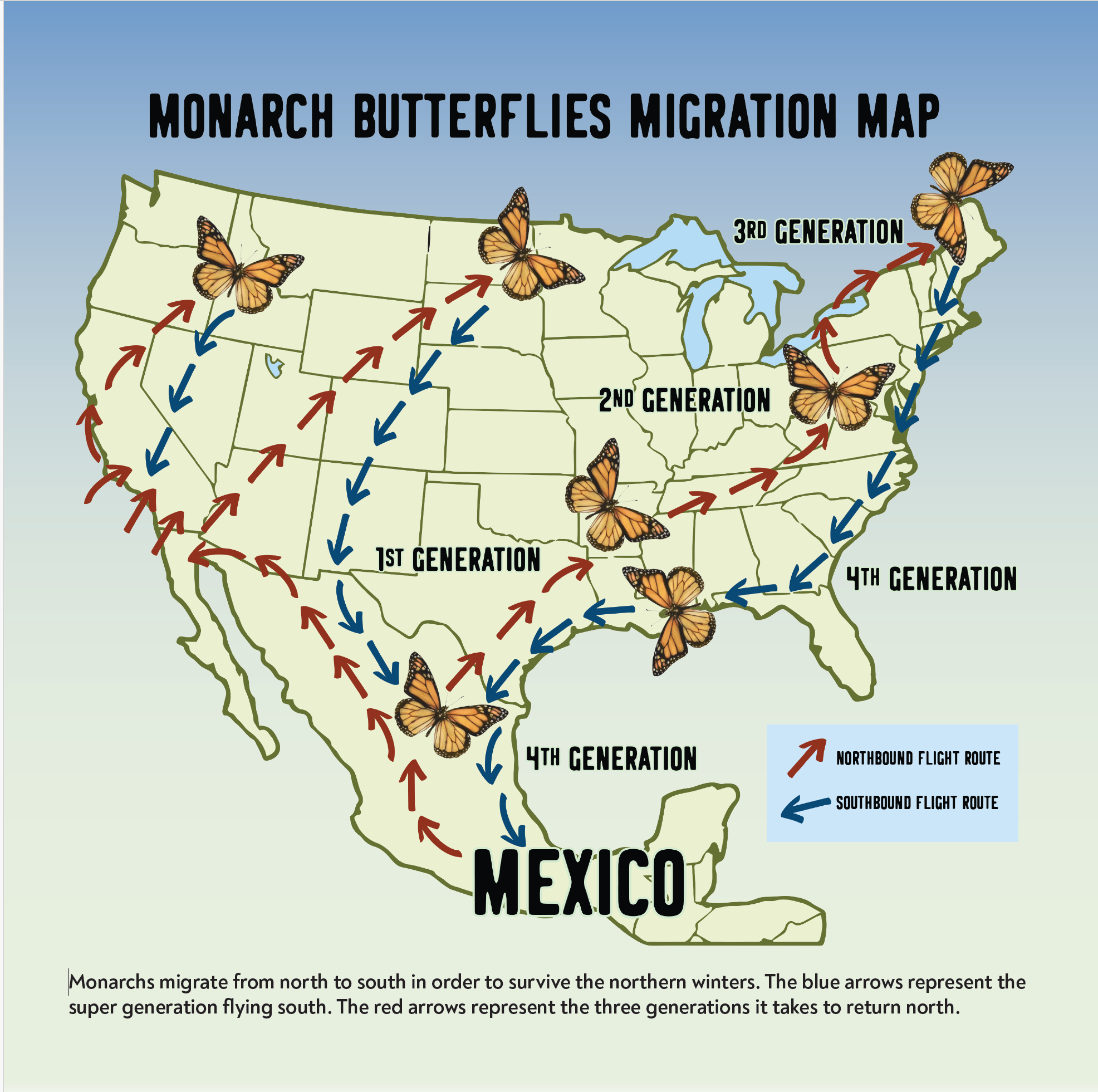
Assignment 4: Your own migration map
All children can participate, whether they have experienced international or internal migration. They can draw or trace a map like the one in the book. The arrows should depict their own family’s migration history from their own country. For those students who aren’t migrants, their arrows can flow from one part of the country to the other in what is known as internal migration. If there are children in your class that still live where they were born, they can create a map for another species they might know that also migrates (i.e. birds).
Featured image credit: “Monarch Butterfly” by Sudhamshu is licensed under CC BY 2.0.
Marta Magellan, former award-winning professor of English and Creative Writing at Miami Dade College now writes children’s books full time. She has written nonfiction picture books on wild animals from anoles to vultures. She focuses on their importance to our ecosystem. Visit her website www.martamagellan.com Follow her on Bluesky: martamagellan.bsky.social, Instagram: @martamagellan, and Facebook: Marta Magellan Books and Reviews.


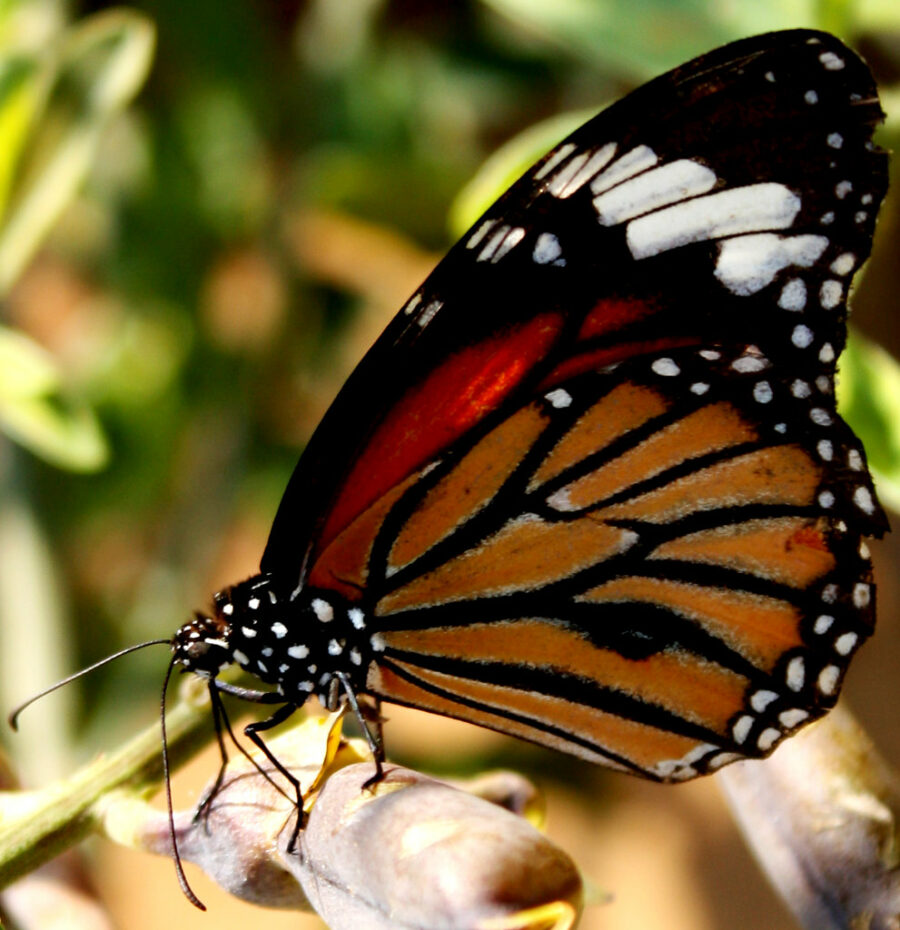
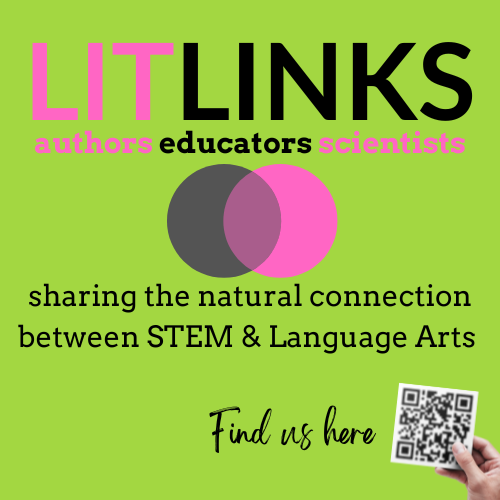
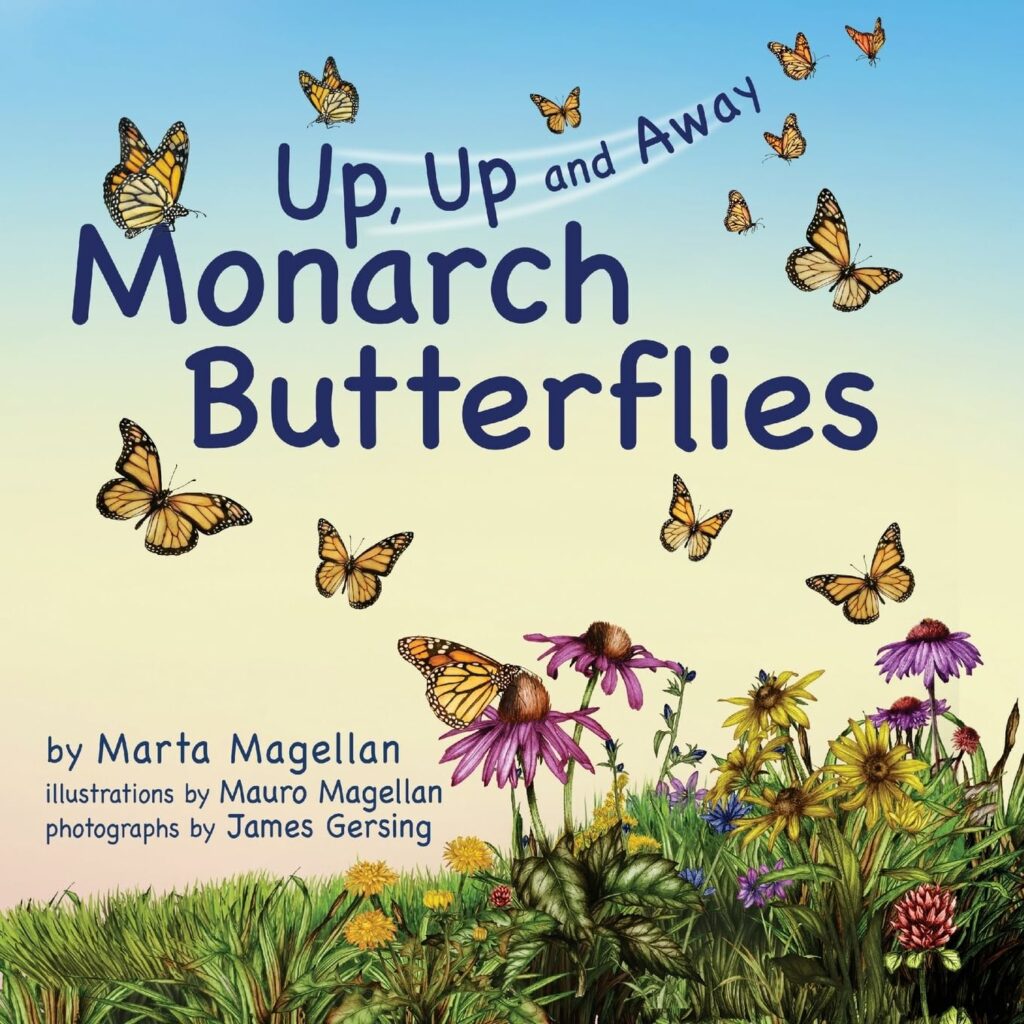

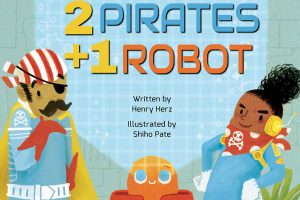
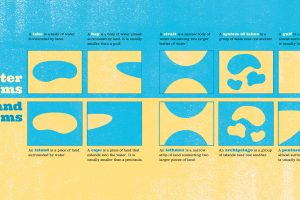



Leave a Reply
Your email is safe with me.